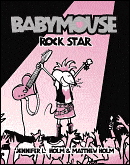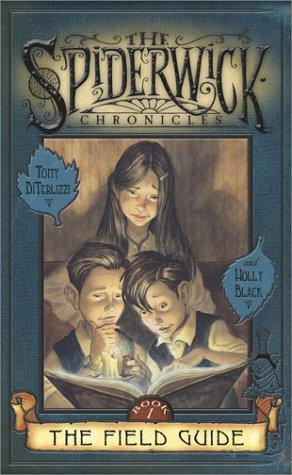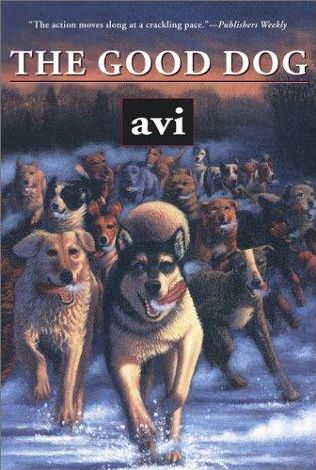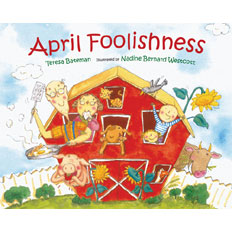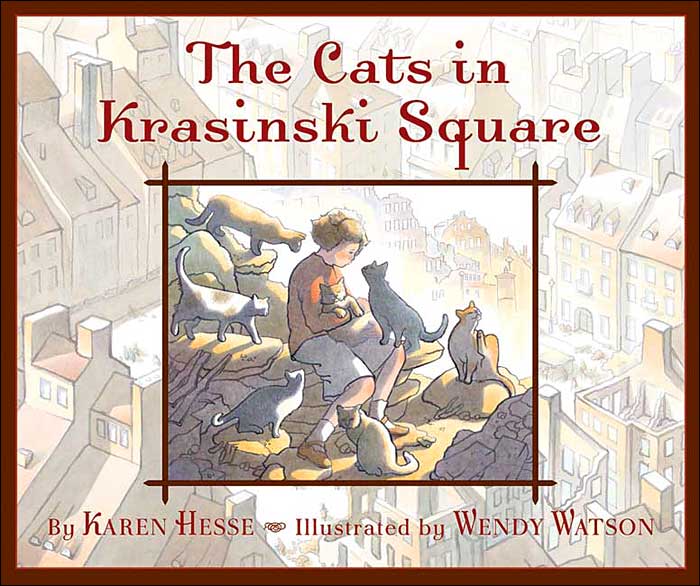
Clements, Andrew. 2002. A WEEK IN THE WOODS. New York: Simon and Schuster Books for Younger Readers.
*Plot Summary
New student Mark survives a week in the woods with his teachers and classmates and proves to himself and others that he can be happy in his new home.
*Impressions
Mark is a believable and dynamic character who makes mistakes and learns from them. Although wealthy and intelligent, the feelings he experiences (frustration, insecurity) and situations he faces (moving, protecting a friend) are easily relatable for young readers. As a character, Mark is revealed through his interactions with other characters, in particular the adults in the novel. In the adult characters, readers will find well-rounded, flawed people; for example, Mr. Maxwell, Mark’s teacher, is well-intentioned but makes his share of mistakes as the plot unfolds. The plot itself contains some suspense, like the ending of chapter one where readers begin to wonder what will eventually go wrong in the woods. The story includes an exciting climax and resolution with a bit of a surprise. Furthermore, the ending of the book is positive but believable (no “happily ever after”). The conflict between Mark and his teacher definitely moves the plot along as well.
The setting of the book is quite important since it changes when Mark and his family move and he learns to adapt to a place. The wilderness setting of the “week in the woods” is also crucial because the climax and resolution occur there. Additionally, Mark’s appreciation for his new surroundings seems to coincide with his adjustment to his new school and his willingness to fit in. The style of the book is straight-forward with a great deal of narration; some chapters contain an abundance of detail. The dialogue between characters is believable. A third-person narrator tells the story, but from chapter to chapter, readers are able to find out the perspectives of Mark and Mr. Maxwell. This style definitely adds to the sense of conflict and the plot. Although the book has a more serious tone than a humorous one, the story isn’t overly emotional or negative.
Overall, I highly recommend this book to older elementary readers. Boys who enjoy the outdoors might especially enjoy the story; however, girls and boys will find elements of the story to relate to.
*Review Excerpts
*Review Excerpts
"The novel includes a helpful map of the state park. Like many of Clements's titles, this one will be a popular choice, particularly with fans of Gary Paulsen and Jean Craighead George."
School Library Journal
"Clements' compassionate character studies are realistic and hopeful, and the characters' subtle conflicts and eventual transformations will linger with readers long after the book is finished."
BookList
(Image from www.simonandschuster.net)

